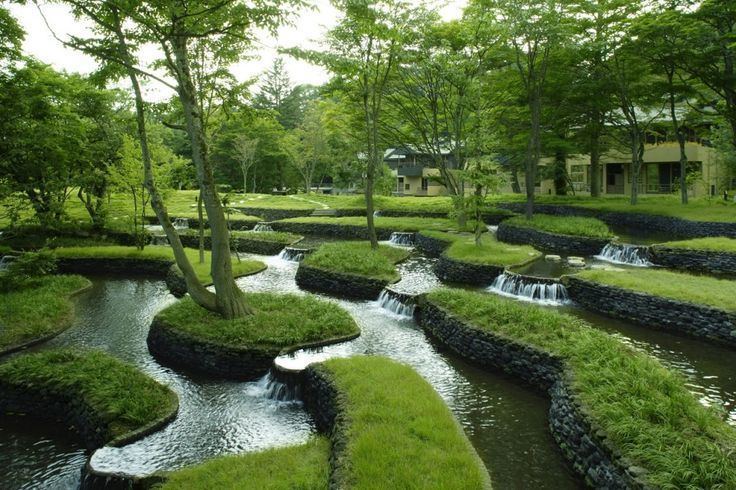Country Region ChubuKoshinetsu Mayor Masayoshi Sato | Area 156.05 km2 District Population 17,833 | |
 | ||
Map of Karuizawa, Nagano
Karuizawa (軽井沢町, Karuizawa-machi) is a town located in Kitasaku District in south-central Nagano Prefecture, in the Chūbu region of Japan. As of 1 October 2016, the town had an estimated population of 19,939 and a population density of 128 persons per km². Its total area was 156.03 square kilometres (60.24 sq mi). Karuizawa is a popular summer resort area for Tokyo.
Contents
- Map of Karuizawa Nagano
- Sights sounds of karuizawa nagano
- karuizawa nagano 555
- Geography
- Surrounding municipalities
- Climate
- History
- Economy
- Education
- Railway
- Highway
- International relations
- Local attractions
- Noted residents
- References

Sights sounds of karuizawa nagano
karuizawa nagano 555
Geography
Karuizawa is located in eastern Nagano Prefecture, bordered by Gunma Prefecture to the north, east and south. The town is located on an elevated plain at the foot of Mount Asama, one of Japan's most active volcanoes. The mountain is classed as a Category A active volcano. A small eruption was detected in June 2015, a more significant eruption spewing hot rocks and a plume of ash occurred in February 2015. Mt. Asama's most destructive eruption in recent recorded history took place in 1783, when over 1,000 were killed. The volcano is actively monitored by scientists and climbing close to the summit is prohibited.
Surrounding municipalities
Climate
Karuizawa has a humid continental climate (Köppen climate classification Dfb) with warm summers and cold winters. Precipitation is much heavier in the summer than in the winter.
History
The area of present-day Karuizawa was part of ancient Shinano Province, and developed as Karuizawa-shuku, a post station on the Nakasendō highway connecting Edo with Kyoto during the [{Edo period}].
Economy
Hoshino Resorts has its headquarters in Karuizawa.
Education
Karuizawa has three public elementary school and one public middle school operated by the town government, and one high school operated the Nagano Prefectural Board of Education. The UWC ISAK Japan international school is also located in the town.
Railway
Highway
International relations
Local attractions
At an elevation of 1,000 m (3,281 ft) and a temperate summer climate, Karuizawa is a popular year round resort offering many outdoor sport, hot spring and recreational activities. Convenient road and rail access from central Tokyo, has ensured Karuizawa's popularity as a location for second homes and resort hotels since the Meiji era. The town is known for its historic shopping street known as "Ginza dōri" or "Kyū-dō" (Ginza Street, or the Old Road) and association with both Japanese royalty and visitors such as John Lennon and Yoko Ono. Karuizawa hosted equestrian events in the 1964 Summer Olympics as well as curling in the 1998 Winter Olympics. To date, it is the only city in the world to have hosted both Summer and Winter Olympic events.
Since 1997 Karuizawa has been accessible via the JR East Nagano Shinkansen. New high speed rail links has resulted in modest population growth and the development of large outlet style shopping malls.
